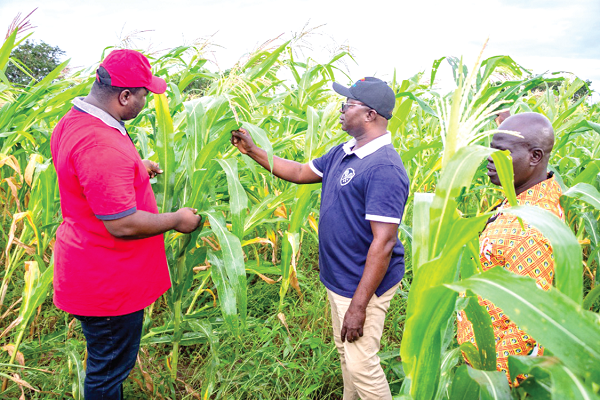You should start by sitting down (along with your spouse and any partners, financiers or managers) and assessing your situation. Have a brainstorming session; write down your thoughts or record the session. Don’t be afraid to dream, to imagine some pretty wild ideas. Think big. Imagine you could do anything; don’t be limited by practicality at this stage. Think of goals. Try to fill needs or supply possible markets. Think of new ways to use a resource you already have.
Get additional ideas from what others are doing and from published resources, watch for new and developing trends, such as public concerns about saturated fats, or growing biofuels.
Get realistic
After you have brainstormed for ideas, then it is time to be more realistic. What are your short-term and long-term goals and needs? Just for supplementary income or to start a whole new business? Do you want steady year-round income or will a seasonal operation meet your needs? Go through your ideas and pick out several that seem the most promising.
Naturally, you would like to make a profit right away, but many ventures will have sizeable start-up costs and/or may not get into the black for several years, such as growing tree fruit or pulpwood. Can you round up the needed capital—from loans, grants or investors? Check into the possibility of grants or matching funds from state or federal agencies or from private foundations. What is the likely cash-flow?
Make out a detailed (as best you can) business plan and projected budget—for each year for five or ten years. If this is too much for you to handle, there are professional small business advisers available. Some government agencies provide their service at no cost.
Now, do you still want to try that idea? Is it a wise, practical idea? Think about it for a while. Discuss it with your family and others whose opinion you trust. Could your new venture survive an unexpected disaster such as illness or injury, or a devastating storm? Don’t rush into anything. Probably it would be best to start small and see how things go. Don’t risk everything at once.
Suggestions
Following are some pointers from the book How to Make $100,000 Farming 25 Acres by Booker T. Whatley (1987):
Produce only what your customers want.
Produce high-value commodities (plants or animals) in such a way that different ones are ready to market at different times of year, thus providing year-round income and employment. Diversify into unusual products.
Be located on a hard-surfaced road within 40 miles of an urban centre of at least 50,000 population.
Run a pick-your-own operation, so that much of the labour is done by the customer.
Have a guaranteed market with a clientele membership club with an annual membership fee (community-supported agriculture).
Be weatherproof, with drip and/or sprinkler irrigation.
Avoid middlemen. Market your products directly.








